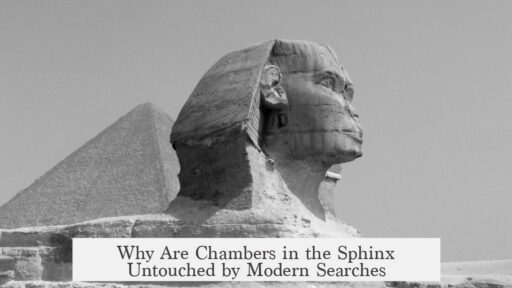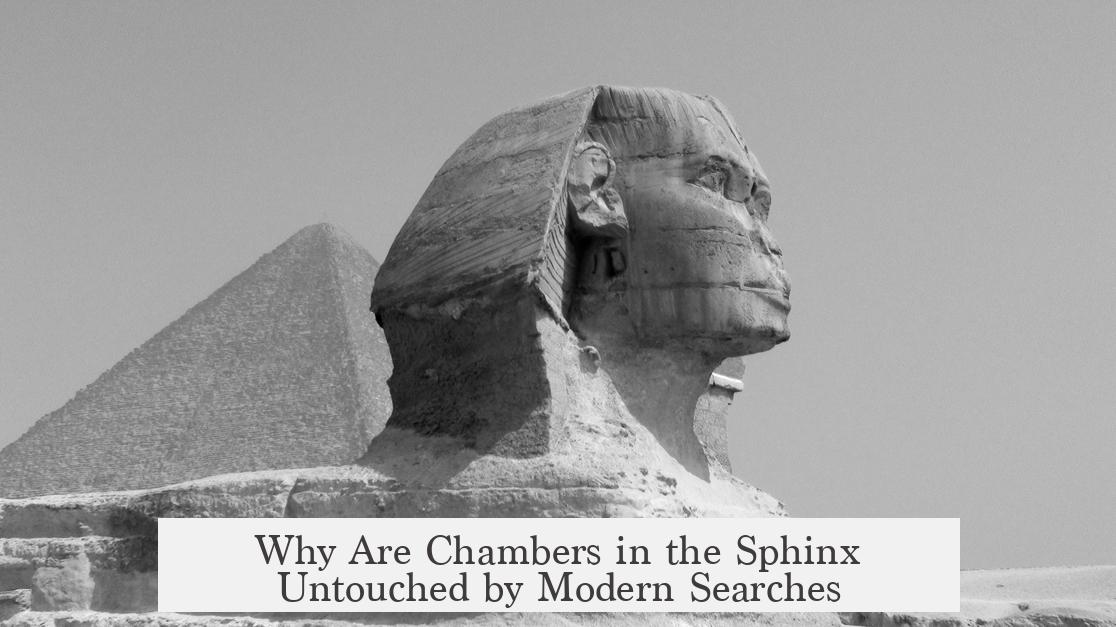Few searches or excavations seek chambers inside the Great Sphinx because scientific evidence shows no credible internal chambers exist. Government restrictions, geological facts, historical studies, and thorough modern surveys demonstrate the Sphinx is a carved rock formation without built-in rooms. Additionally, Egypt’s focus on tourism preservation discourages invasive explorations that might damage this iconic monument.
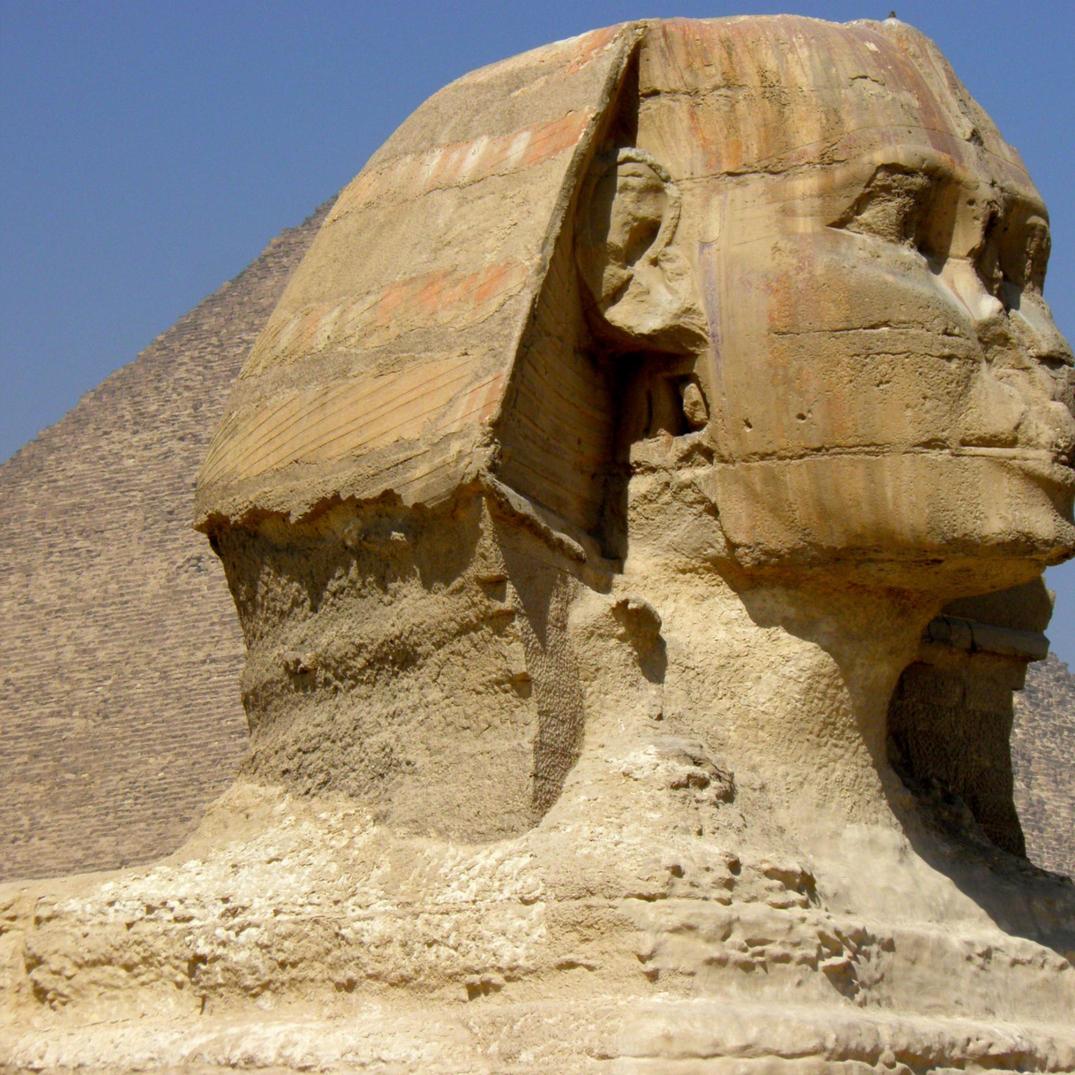
The Egyptian government strongly restricts excavation near the Sphinx. Tourism centered on the Sphinx and Giza Plateau provides vital income. Authorities see little benefit in disrupting a stable tourist attraction with uncertain rewards. Past efforts suggest minor potential for hidden chambers, reducing motivation to provoke instability in the stone. Moreover, skepticism surrounds the Egypt Department of Antiquities regarding its transparency on excavation intentions since the 2008 financial crisis.
Historical and modern surveys detail extensive exploration around the Sphinx but found no confirmed chambers inside. Numerous tunnels in the vicinity appear to be from treasure hunters or incomplete tombs rather than original construction.
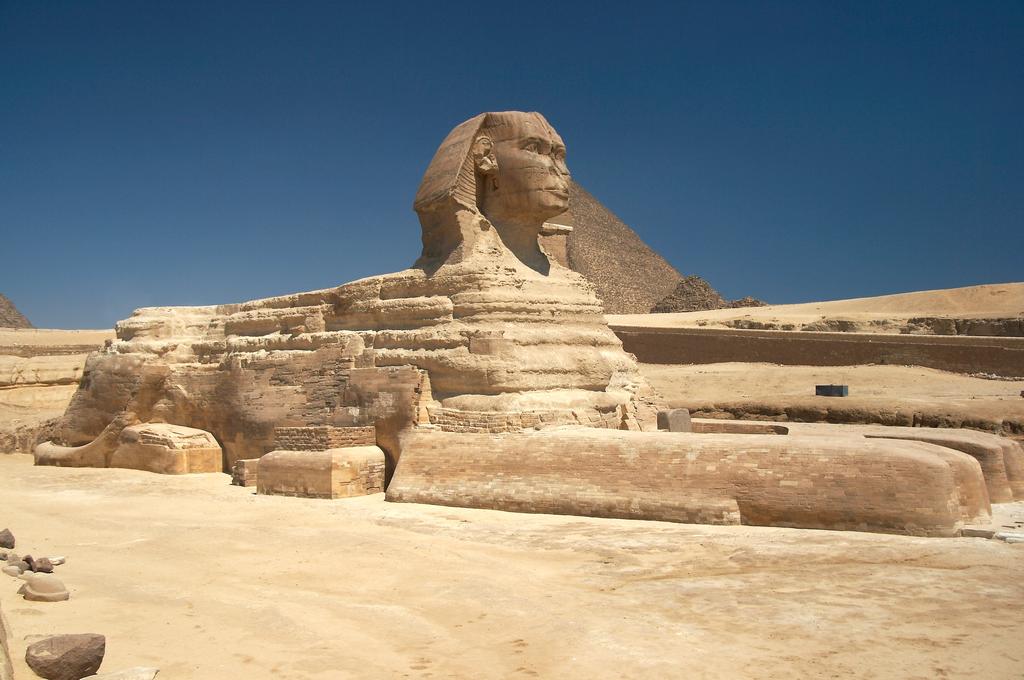
- The notable hole on the top of the Sphinx’s head originated as damage, later deepened to check for hidden spaces. It reached about six feet before being repaired in the 1920s. This hole is well documented and holds no secrets.
- A small notch on the Sphinx’s head likely supported an ancient attachment which has since fallen off, rather than indicating a chamber.
Scientific teams utilized remote sensing and scanning methods to detect subsurface anomalies that might indicate rooms or tunnels. Institutions like Florida State University on behalf of the Schor Expedition, SRI International, Waseda University, and Robert Schoch performed scans and sonar imaging. While some anomalies appeared, their interpretations conflicted with each other:
- A 1992 study by Imam Marzouk and Ali Gharib found no evidence of cavities under the Sphinx, challenging earlier claims.
- In 2009, archaeologists Mark Lehner and Zahi Hawass drilled beneath the Sphinx to address water damage. They included the left paw area, where anomalies were sensed. Drilling reached ten meters without uncovering chambers.
- Most detected irregularities turned out to be natural fissures and cavities within the rock, not man-made tunnels or rooms.
The Sphinx is carved from the lowest layers of the Mokkatam Formation, an ancient reef with brittle rock. This geological origin supports the absence of internal chambers. The Sphinx follows geological strata consistent with natural rock layers across the site. This carving method contrasts with constructed pyramids where chambers and passages are deliberately built inside.

Despite this, some external structures and cavities have been identified around the Sphinx:
- Masonry boxes near the Sphinx could have held cult statues or religious artifacts, but their purpose remains uncertain.
- A chamber beneath the Sphinx’s foot has been described though its exact function and origin lack clarity.
- The covered hole on the head now has a manhole-like door installed by the Antiquities Department to secure the site.
- Scans detecting a cavity under the left paw spurred some excitement, but subsequent drilling found only natural formations.
Stories of mysterious disappearances of those who claimed major discoveries fuel conspiracy theories, but no credible evidence supports these claims. Misinterpretations often arise from confusing natural rock fractures with artificial tunnels. The Sphinx’s carved nature precludes internal chambers cut out like those in built monuments.
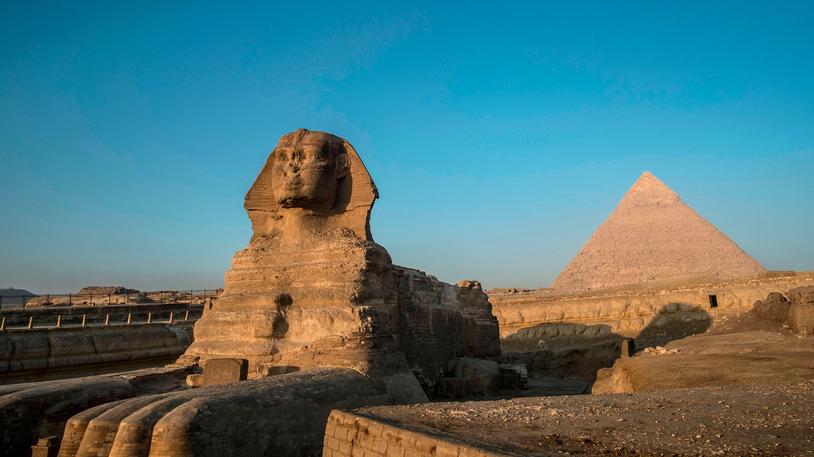
To clarify:
| Aspect | Fact |
|---|---|
| Construction Method | Carved from a single limestone formation, not built with internal rooms |
| Scientific Surveys | No confirmed chambers detected by sonar, remote sensing, or drilling |
| Government Policy | Restricts excavations to preserve monument and tourism revenue |
| Natural Anomalies | Rock fissures and cavities mistaken for man-made chambers |
| Historical Tunnels | Mostly from treasure hunters or incomplete tombs with no connection to Sphinx core |
The lack of incentive to excavate, combined with clear geological structure and multiple negative drilling results, explain why no serious searches for chambers in the Sphinx happen today. Protecting the monument and a focus on proven archaeological sites guide current Egyptian policies.
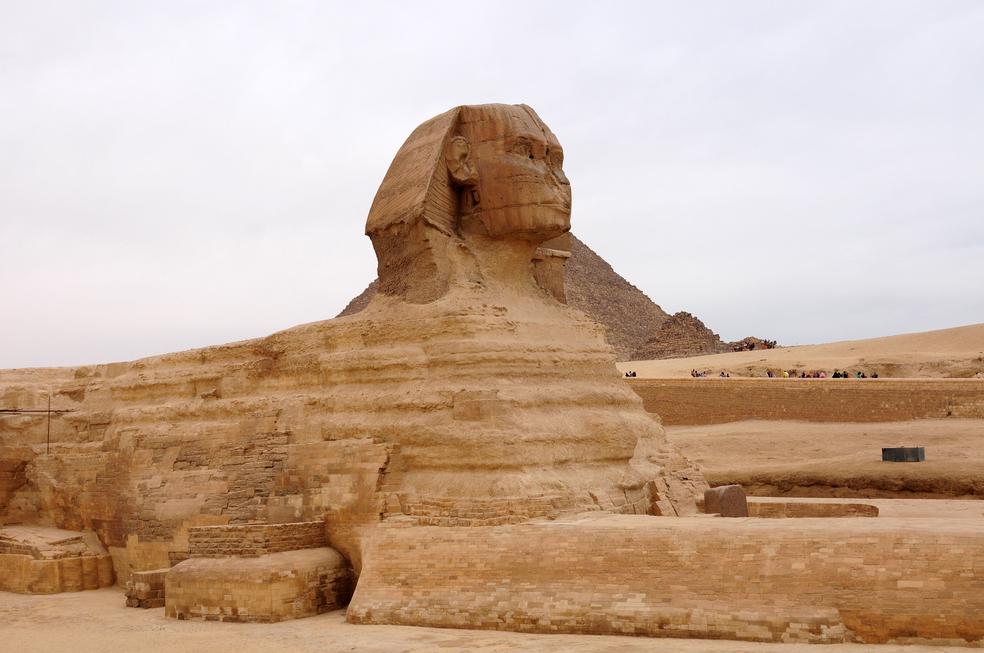
- The Egyptian government restricts digging to protect tourism and monument stability.
- Scientific analysis and drilling find no reliable evidence of internal chambers.
- The Sphinx was carved from natural limestone reef rock, which is brittle and naturally fissured.
- Many reported anomalies relate to natural cavities or later human-made tunnels unrelated to the Sphinx itself.
- Conspiracy theories lack support and often distort facts regarding exploration and findings.
Why Is Nobody Searching for Chambers in the Sphinx?
The short answer? Because after decades of research, exploration, and even drilling, credible evidence just isn’t there. The Sphinx is carved from solid rock, not constructed with built-in chambers. Plus, the Egyptian government discourages risky excavations near this prime tourism icon.
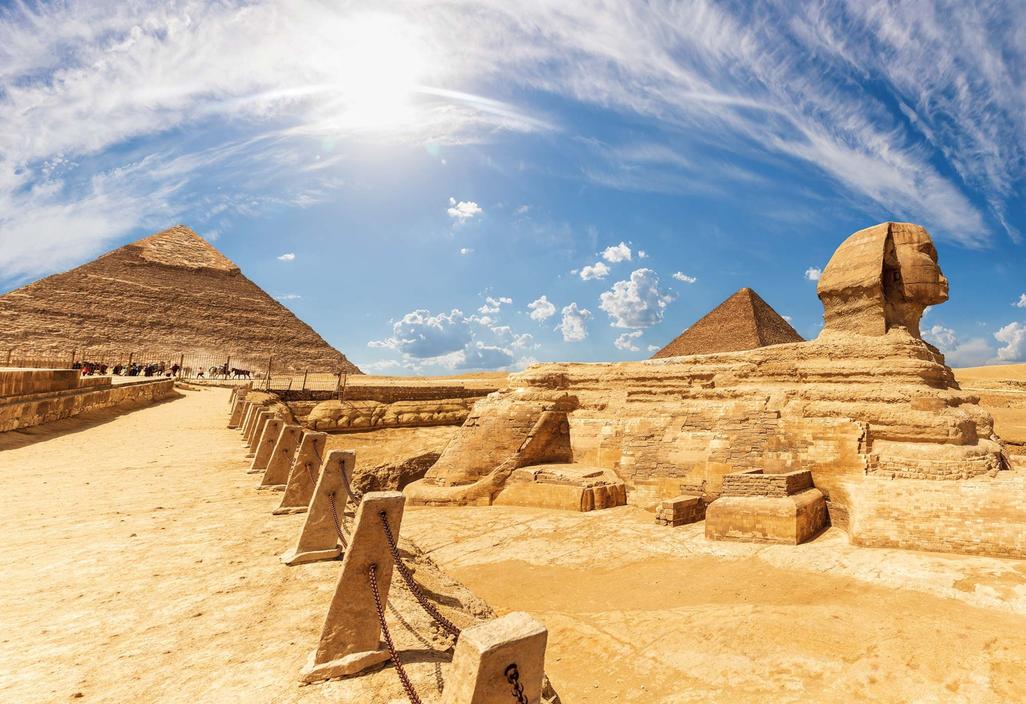
Sounds anticlimactic, right? Let’s dive deeper into why the quest for hidden chambers inside the Great Sphinx of Giza has mostly fizzled out—despite the ocean of conspiracy theories that still float around.
Government and Tourism: The Reality Check
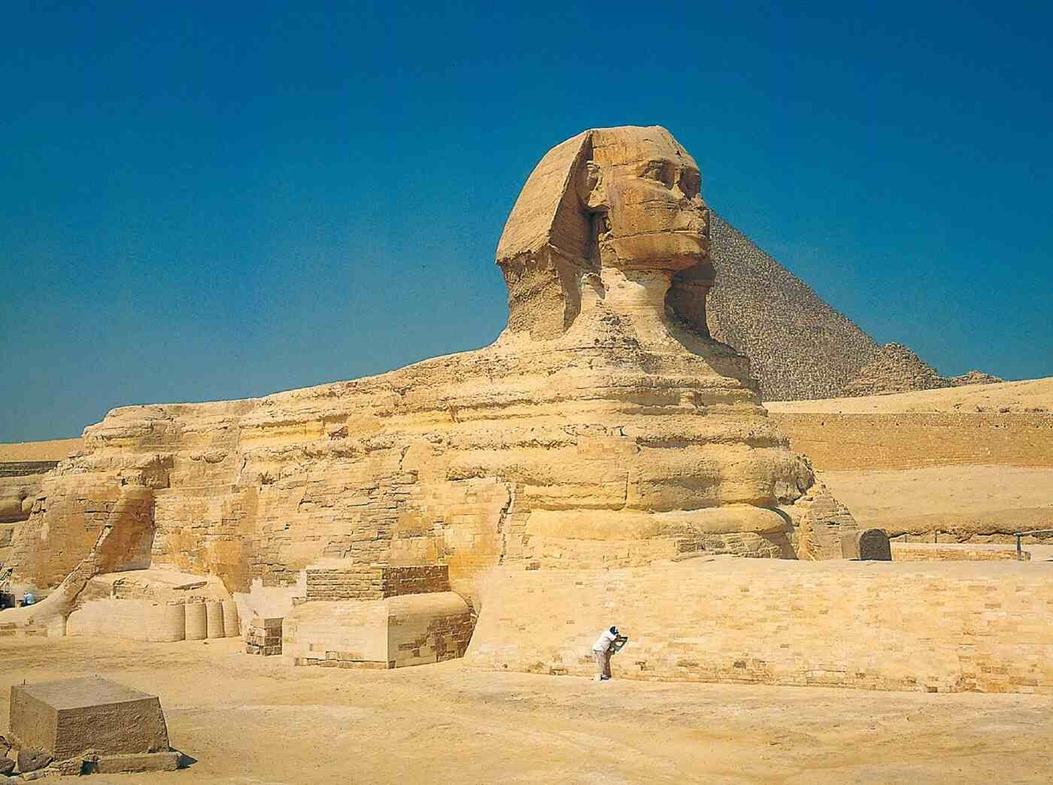
First up, the Egyptian government plays a major role in this mystery—not by covering up secrets, but more by protecting what they have. These landmarks are economic gold mines. The Sphinx and the Pyramids draw millions annually. So why poke holes in a major cash cow?
Historically, there’s a strict ban on excavations near the Sphinx. The government sees little incentive to risk tourism revenue by digging around. The few explorations that have happened were mostly limited and controlled attempts, aimed more at preservation than uncovering secrets.
“They have what they need to monetise it; and have their own problems to deal with,” sums it up nicely.
On the flip side, distrust surrounds the Department of Antiquities, especially since the 2008 financial crisis. Some suspect its motives, but realistically, bureaucratic inertia and a cautious approach trump adventurous digging.
An Exhaustive Exploration History
You might imagine treasure hunters poking around every crevice of the Sphinx. Actually, many tunnels around it were created by exactly that—looters and unscientific explorers.
Significant research reveals those tunnels mostly lead nowhere. Some may have been abandoned rock-cut tombs, but none open into vast secret chambers.
Take that famous hole on top of the Sphinx’s head. It’s not some mystical vault entrance. Originally storm damage, then deepened by curious explorers. By the 1920s, attempts at quick fixes used cement, and today it’s covered by a modest hatch, completely documented and unremarkable.
And the mysterious notch on the side? Perhaps an old mounting point for some adornment. Nothing magical lies beneath.
Cutting-Edge Science Settles Old Debates
Modern technology hasn’t found a secret lair either. Several remote sensing surveys employed sonar, seismic imaging, and other non-invasive techniques to sniff out hidden cavities.
| Research Team | Period | Findings |
|---|---|---|
| Florida State University (Schor Expedition) | Recent | Identified anomalies interpreted as possible rooms or tunnels |
| SRI International | 1977-78 | Detected anomalies; no confirmed chambers |
| Japanese Waseda University Team | 1987 | Similar claims; inconclusive evidence |
| Robert Schoch et al. | 1991 | Reported anomalies under left paw; no definitive chambers |
| Imam Marzouk and Ali Gharib | 1992 | Found no evidence of cavities |
And the clincher? The 2009 drilling led by Egypt’s Lehner and Hawass went right through suspected anomalies, including under the left paw where seismic scans detected a cavity. Drilling to ten meters revealed… nothing but solid rock and natural fissures. If anything, these ‘anomalies’ turn out to be geological quirks.
The Sphinx’s Geological Truth
Here’s a key fact often overlooked: the Sphinx isn’t built; it’s carved directly from the limestone bedrock of the Mokkatam Formation. This natural foundation means it contains no built-in hollow rooms.
The base is an ancient reef composed of brittle rock prone to fissures. This explains the statue’s elongated shape and the natural cracks mistaken for secret passages. Geologically, the layers beneath the Sphinx align perfectly with external formations, supporting the absence of man-made cavities.
So, What About Those Mysterious ‘Chambers’ Everyone Talks About?
- Masonry boxes around the Sphinx: Some speculate these once held cult statues or ceremonial items but no definitive chambers exist here.
- Chamber under the foot: Yes, there is a small chamber—known for decades—but nothing extensive or hidden.
- Hole on the head with “door”: That is the patched excavation site, now safely sealed to prevent damage.
- Cavity beneath the left paw: Imaged by scans but disproven by drilling—likely a natural void.
- Suspicious stories and disappearances: Rumors abound, like the disappearance of a boy who talked about entrances. These make great movies but lack solid proof.
Challenges and Misconceptions Keep the Mystery Alive
The biggest difficulty is telling natural cavities apart from tunnels carved by humans. Limestone’s natural imperfections mimic man-made chambers, fooling both believers and scanners alike.
This confusion fuels conspiracy theories that stubbornly persist even in the face of scientific evidence. Sometimes, an anomaly is just that—a difference in rock density or an air-filled cavity, not a secret tomb or treasure chamber.
Remember, carving the Sphinx directly from a giant rock outcrop means any internal room would have to be painstakingly hollowed out—a feat no one documented in ancient records, nor found evidence to support.
What Does This Mean for Future Explorations?
Given all the physical, geological, and political barriers, the chance of significant chamber discoveries inside the Sphinx seems slim. Yet, the story doesn’t end. Advances in non-invasive scanning technologies may one day refine our understanding.
Current scientific consensus invites a little skepticism toward grandiose discoveries. Instead, it highlights the importance of preserving the Sphinx’s integrity over chasing shadows of treasure.
So, why is nobody searching for chambers in the Sphinx? Because the evidence tells a plain story—the Sphinx guards no hidden rooms, just natural rock mysteries and millennia of history. Sometimes, the simplest explanation is the right one.
Now that’s a twist—no secret lairs, just an iconic statue carved directly from stone standing guard over Egypt’s sands.
Why hasn’t the Egyptian government authorized excavation inside the Sphinx?
The government restricts digging near key landmarks like the Sphinx. These sites drive tourism revenue. Excavation risks damaging a major source of income. They also face other domestic issues taking priority.
Have scientific surveys found any hidden chambers inside the Sphinx?
Several remote sensing studies detected anomalies resembling rooms or tunnels. However, follow-up drilling found no actual chambers. Most anomalies are natural cavities or rock density variations.
What explains the hole on top of the Sphinx’s head?
The hole was damage enlarged by digs seeking hidden spaces. It was about six feet deep before repairs. Now it is covered by a small door, well documented and not mysterious.
Why do conspiracy theories about chambers under the Sphinx persist?
Misinterpretations of natural rock irregularities fuel rumors. Difficulty distinguishing man-made tunnels from natural features adds confusion. Though evidence disproves secret chambers, theories continue.
What are the “masonry boxes” found around the Sphinx?
These stone boxes near the Sphinx may have housed cult statues. Their exact purpose remains uncertain. They are not evidence of hidden internal chambers.
Has drilling ever targeted the anomalies beneath the Sphinx’s paw?
Yes, in 2009, drilling reached 10 meters below the left paw where an anomaly was detected. It revealed nothing but solid rock and natural cavities, debunking claims of secret chambers there.
